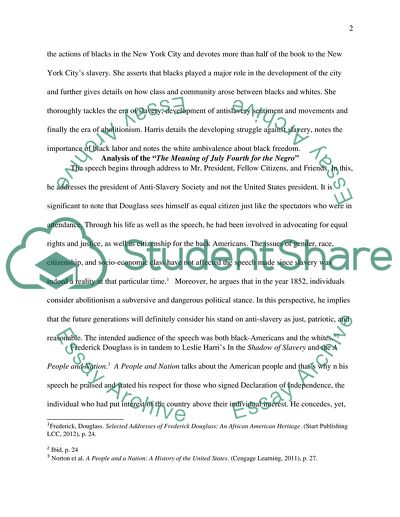Cite this document
(“The Speech of Frederick Douglass - Tandem to Leslie Harris Works Essay - 9”, n.d.)
Retrieved from https://studentshare.org/history/1663600-writers-choice
Retrieved from https://studentshare.org/history/1663600-writers-choice
(The Speech of Frederick Douglass - Tandem to Leslie Harris Works Essay - 9)
https://studentshare.org/history/1663600-writers-choice.
https://studentshare.org/history/1663600-writers-choice.
“The Speech of Frederick Douglass - Tandem to Leslie Harris Works Essay - 9”, n.d. https://studentshare.org/history/1663600-writers-choice.


